A Discovery of Witches
- 7.8
- Drama
- 2018
- 45m
- PG-13
a spellbinding romantic fantasy series following historian and reluctant witch Diana Bishop and enigmatic vampire Matthew Clairmont as they uncover the secrets of a bewitched manuscript that could change the fate of witches, vampires, and daemons forever. Blending Oxford scholarship, ancient alchemy, forbidden love, and supernatural intrigue, it’s a cinematic journey through power, passion, and the magic that connects us all.

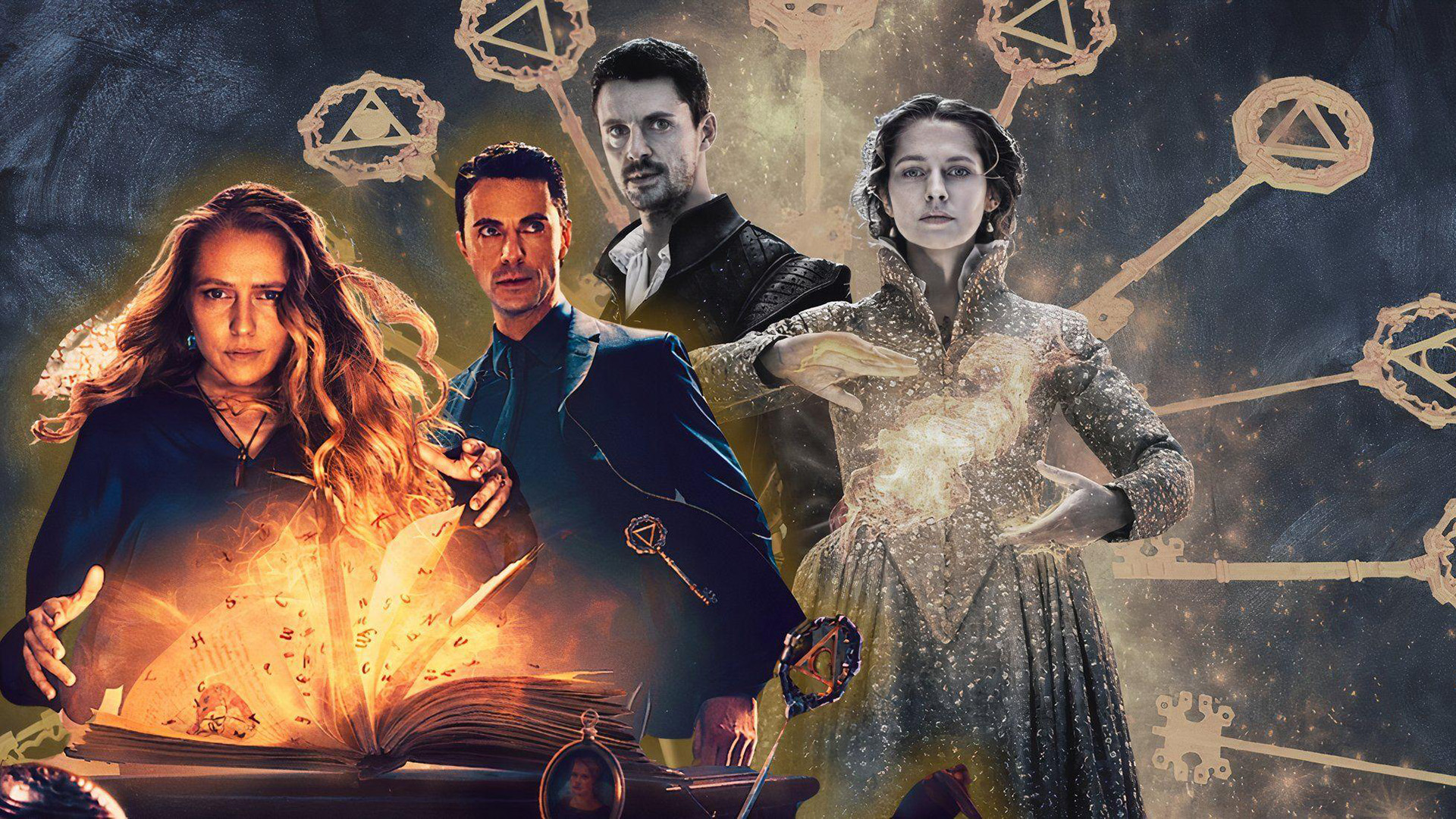

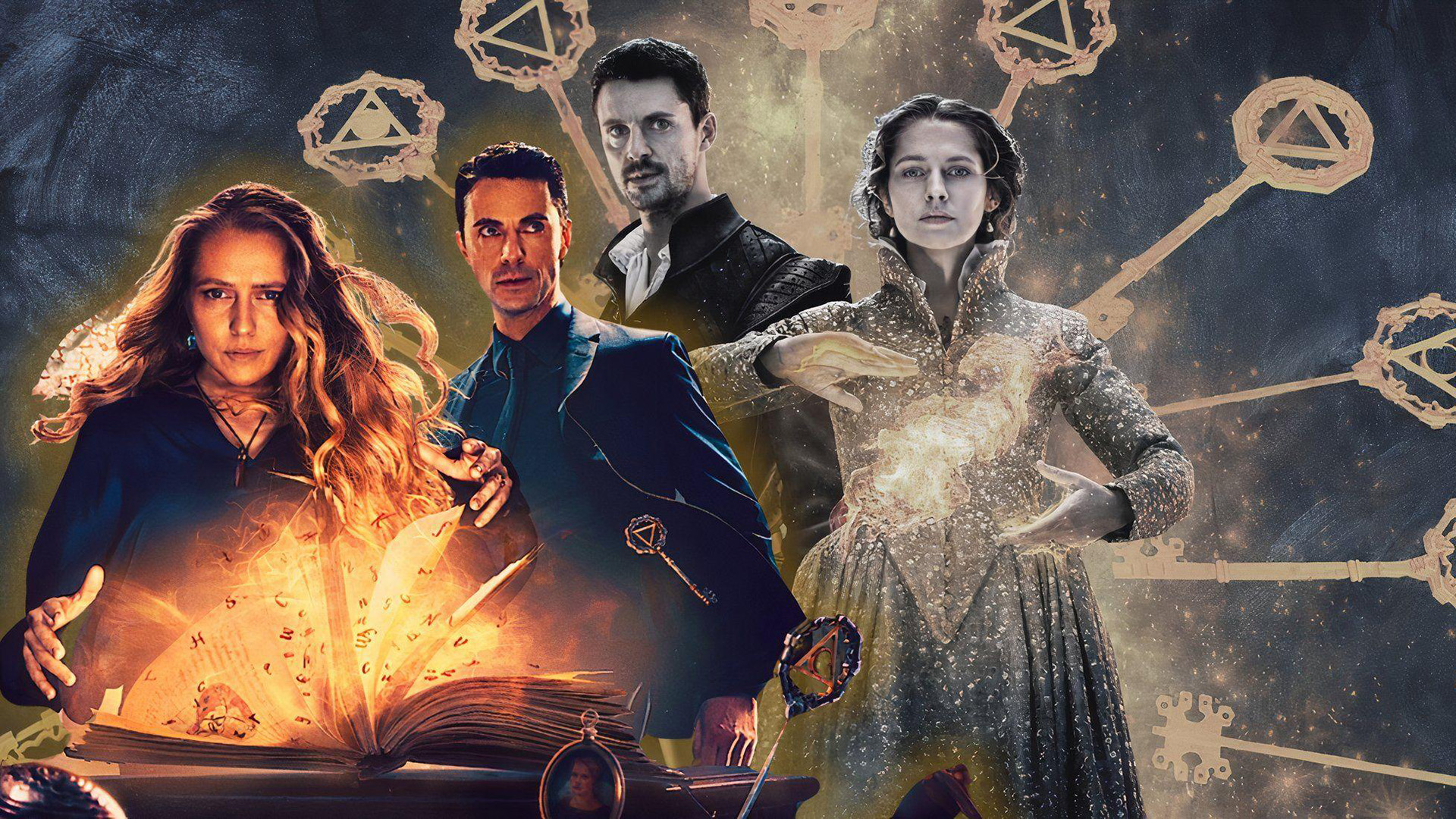


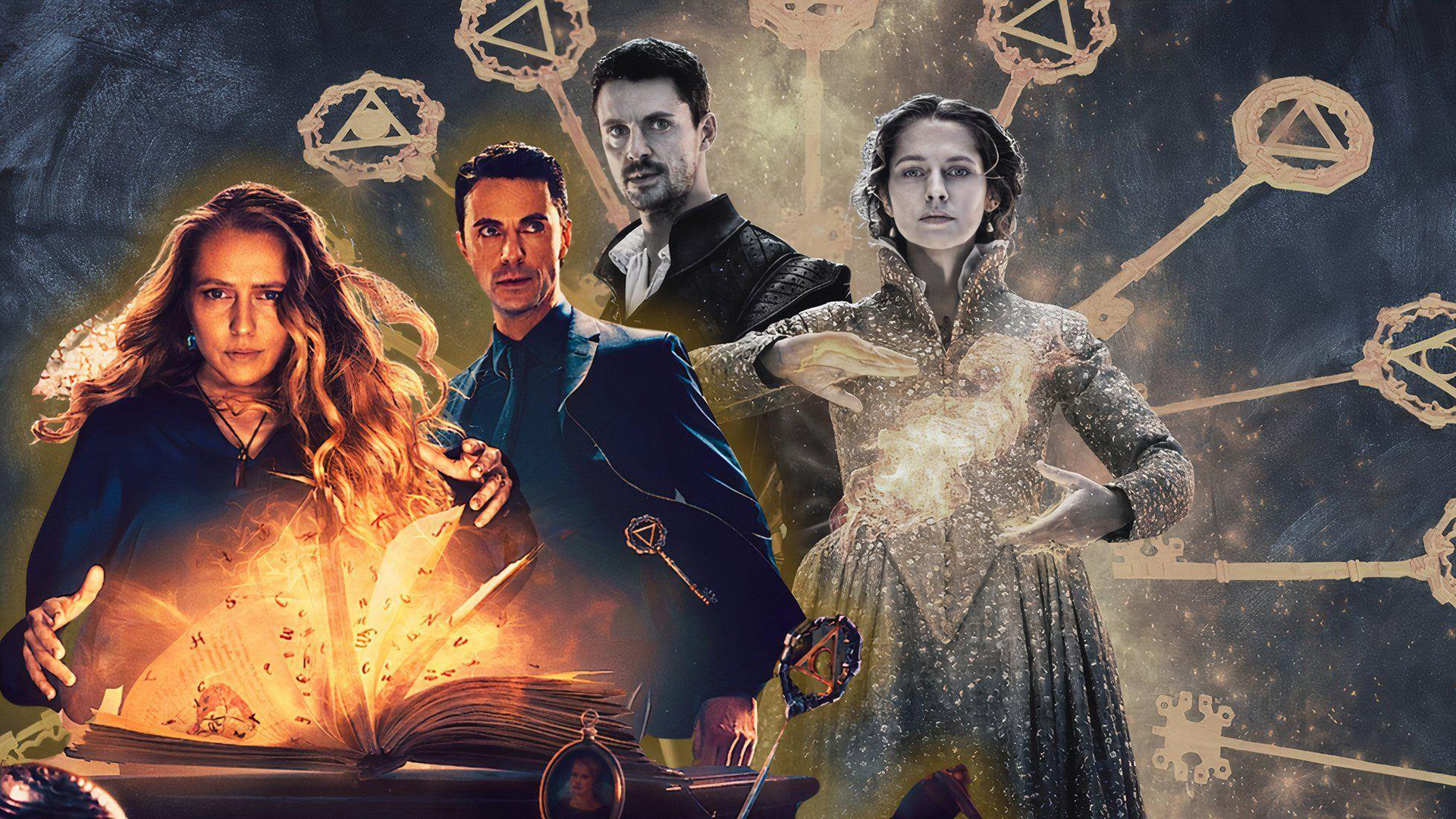
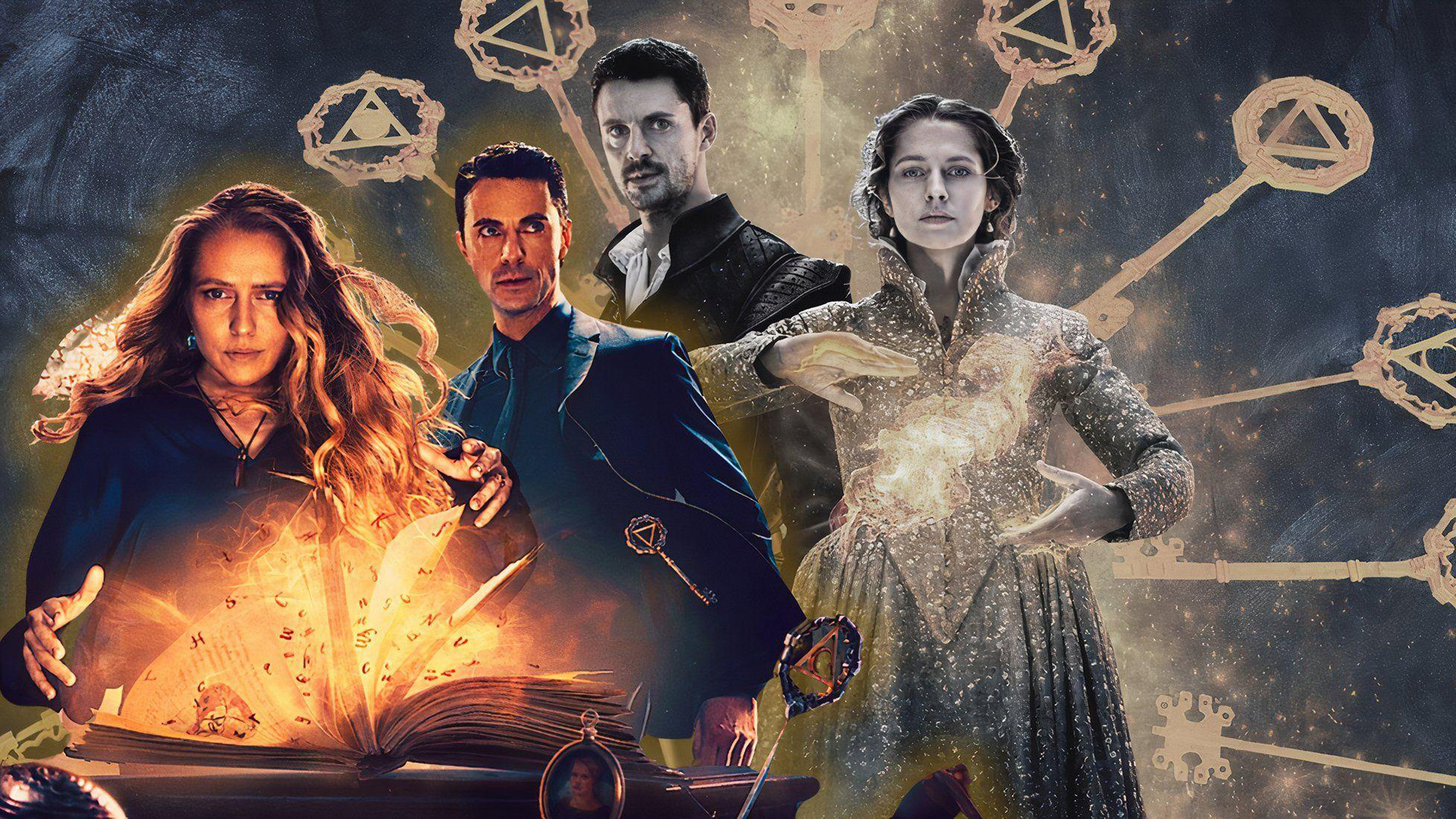
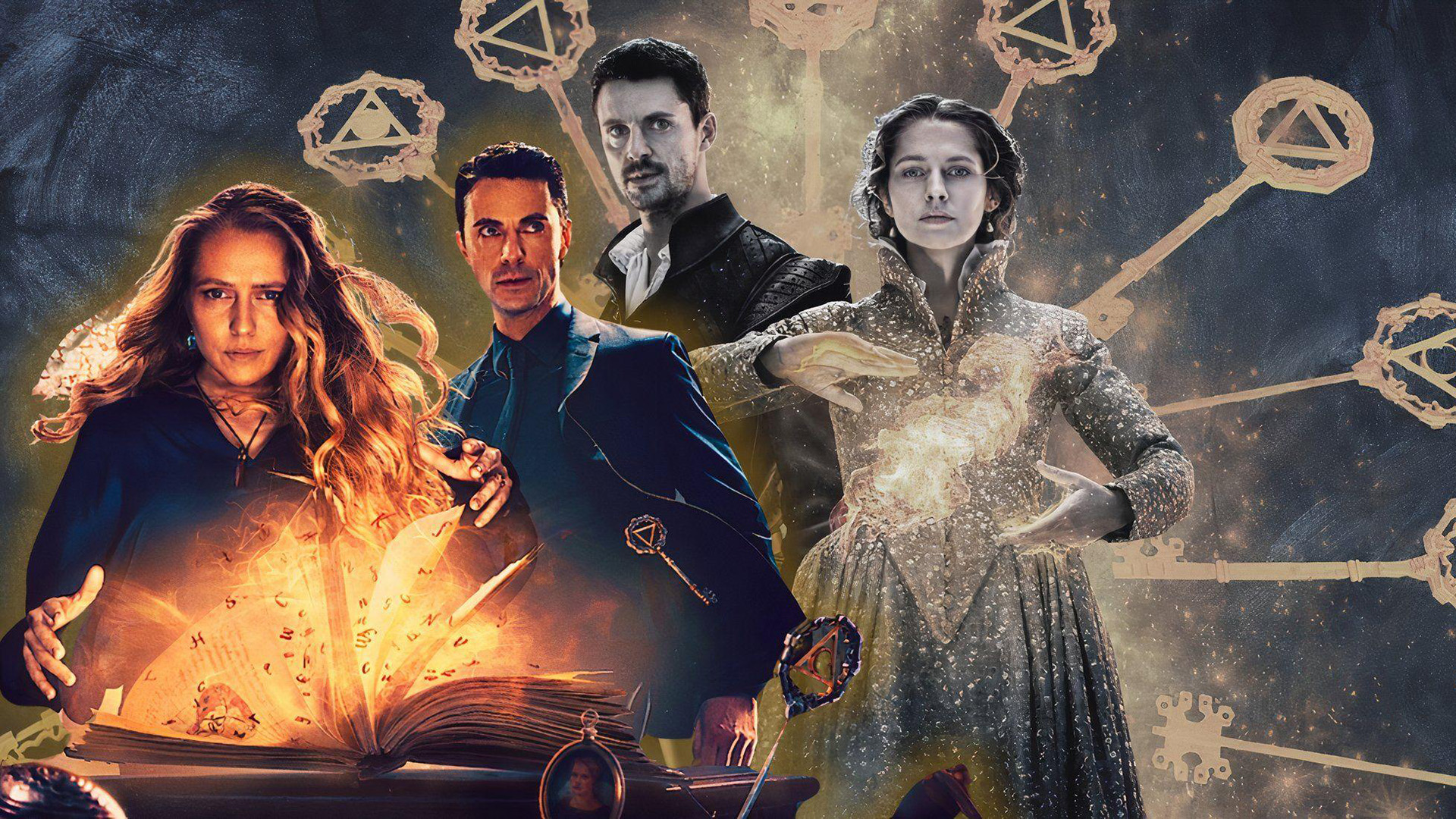
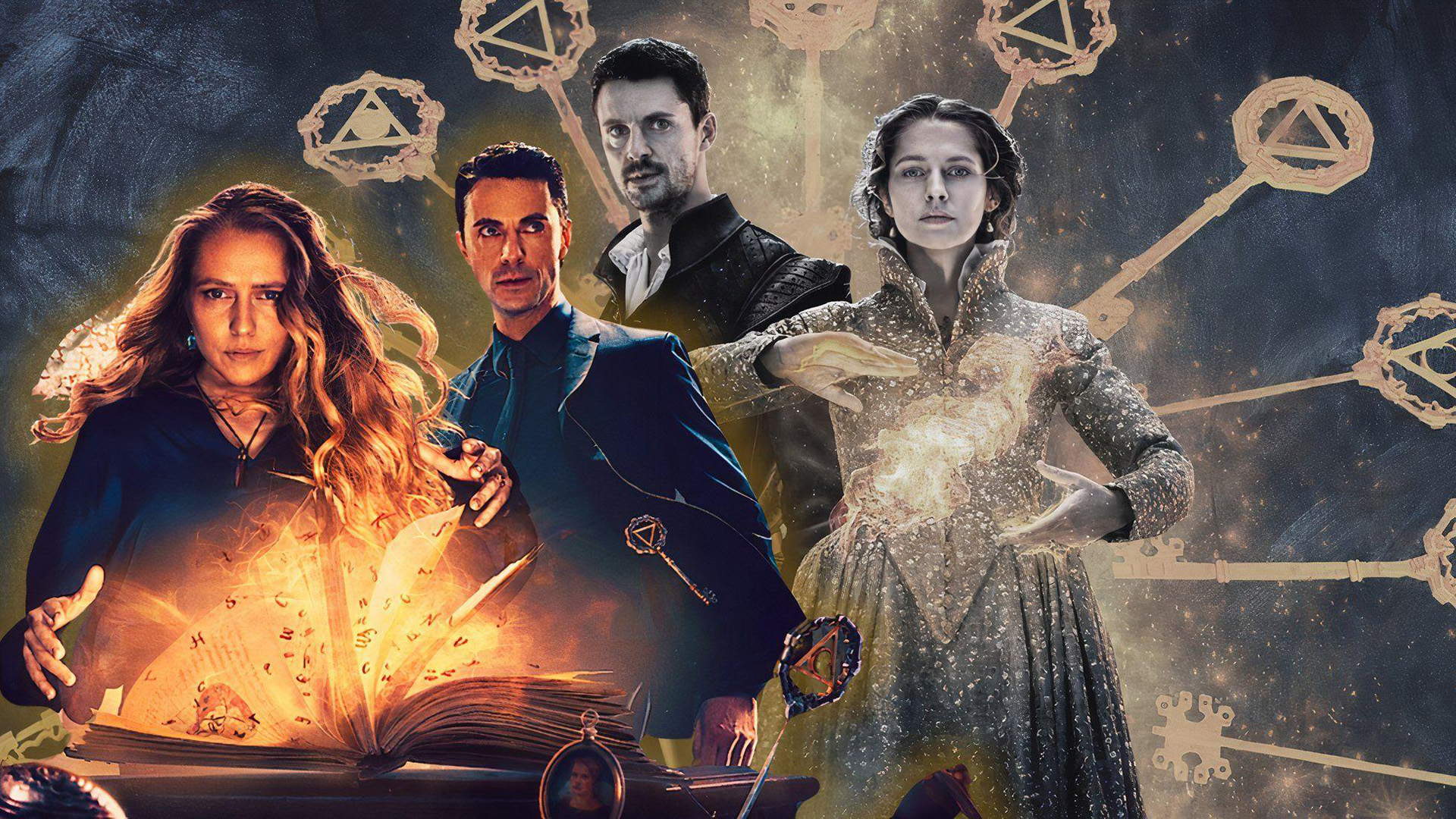
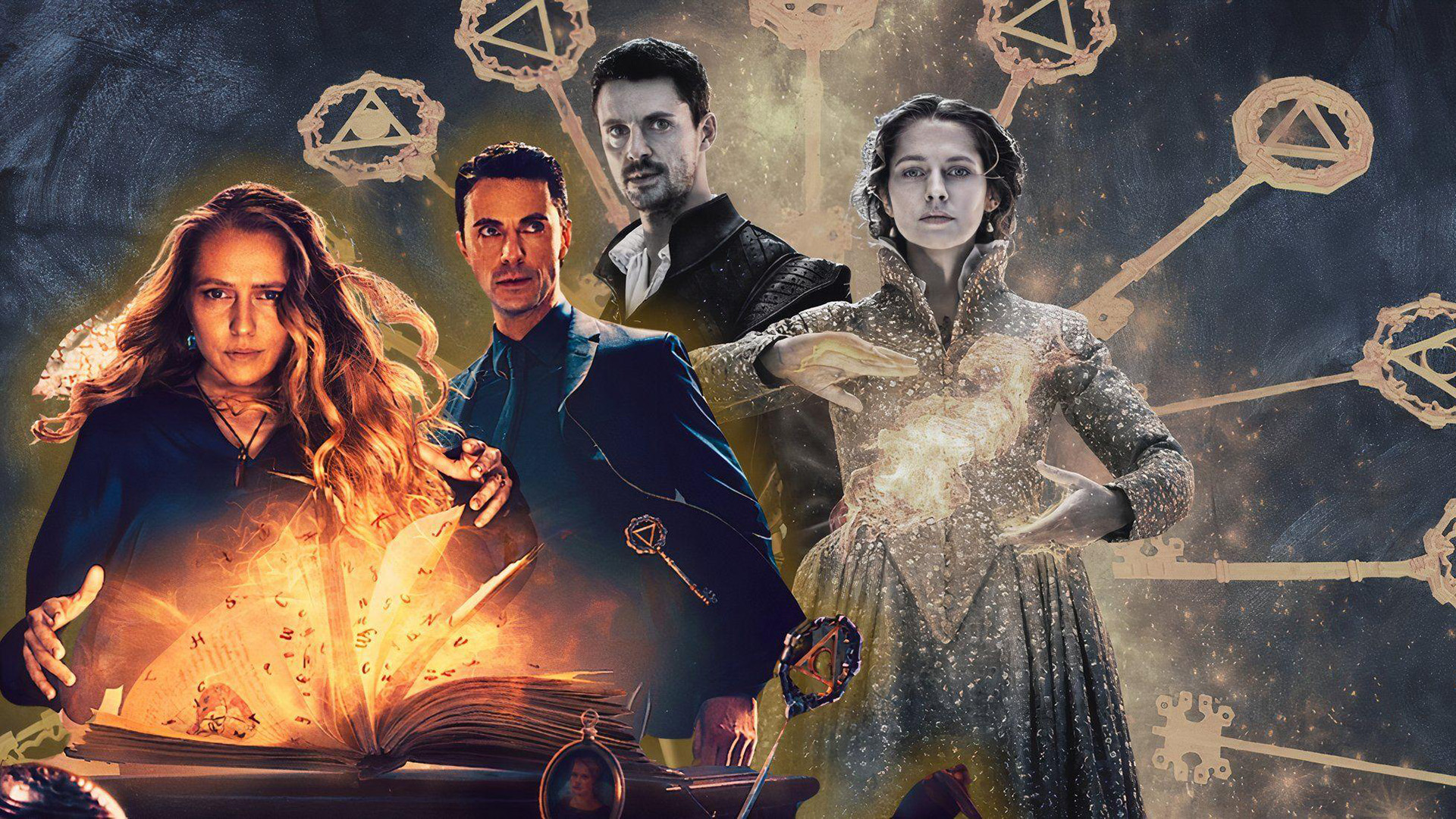

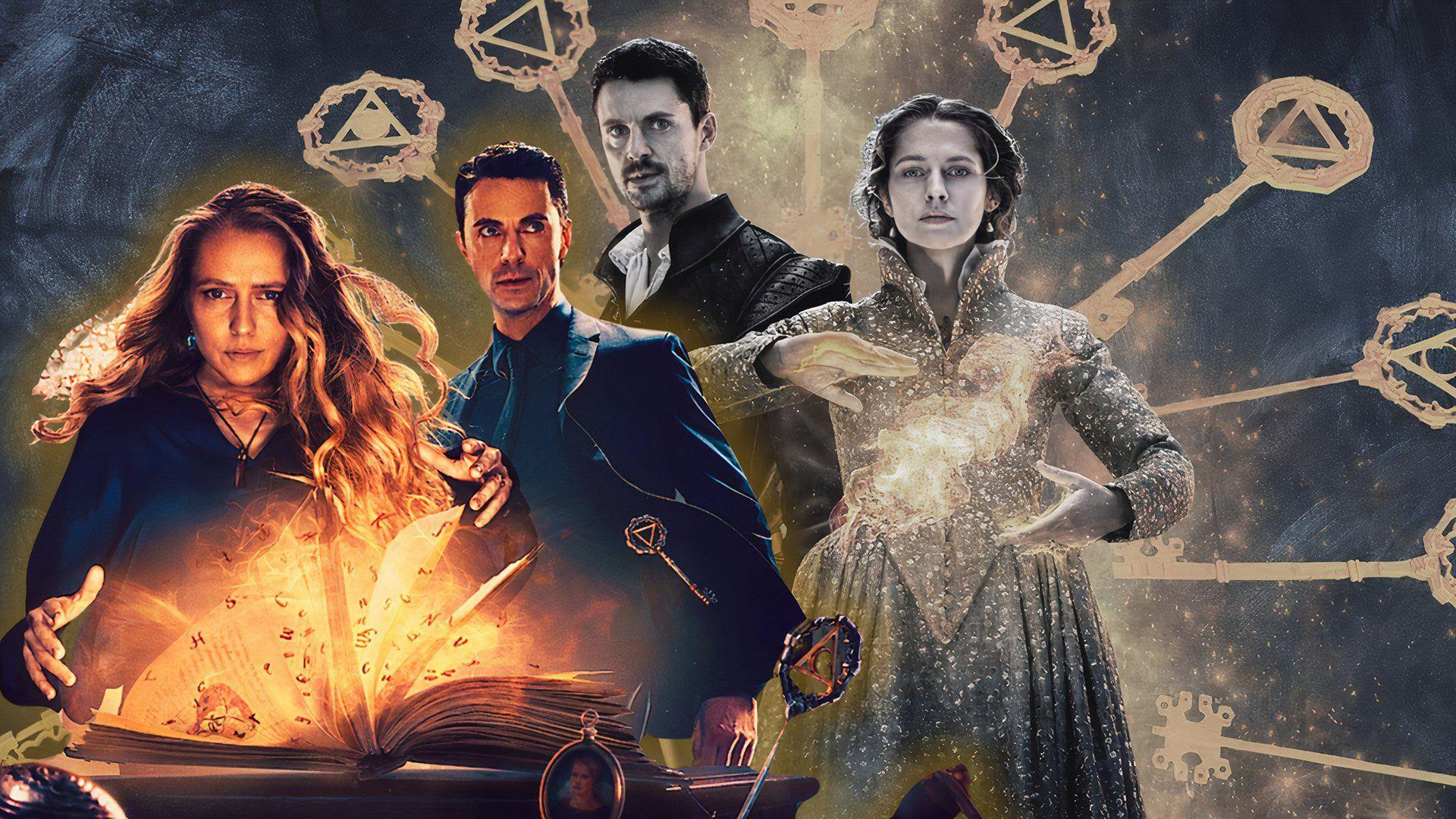
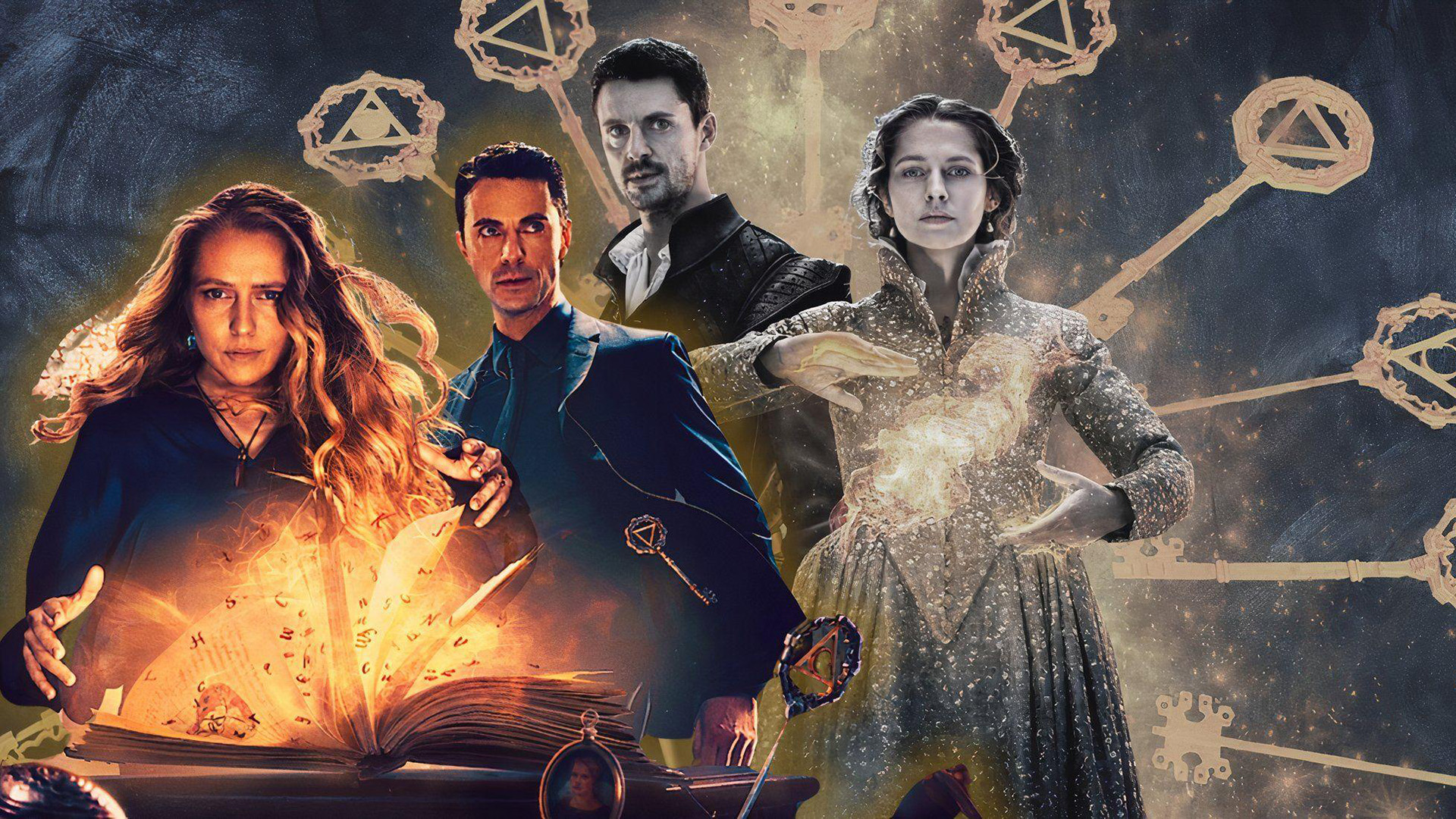
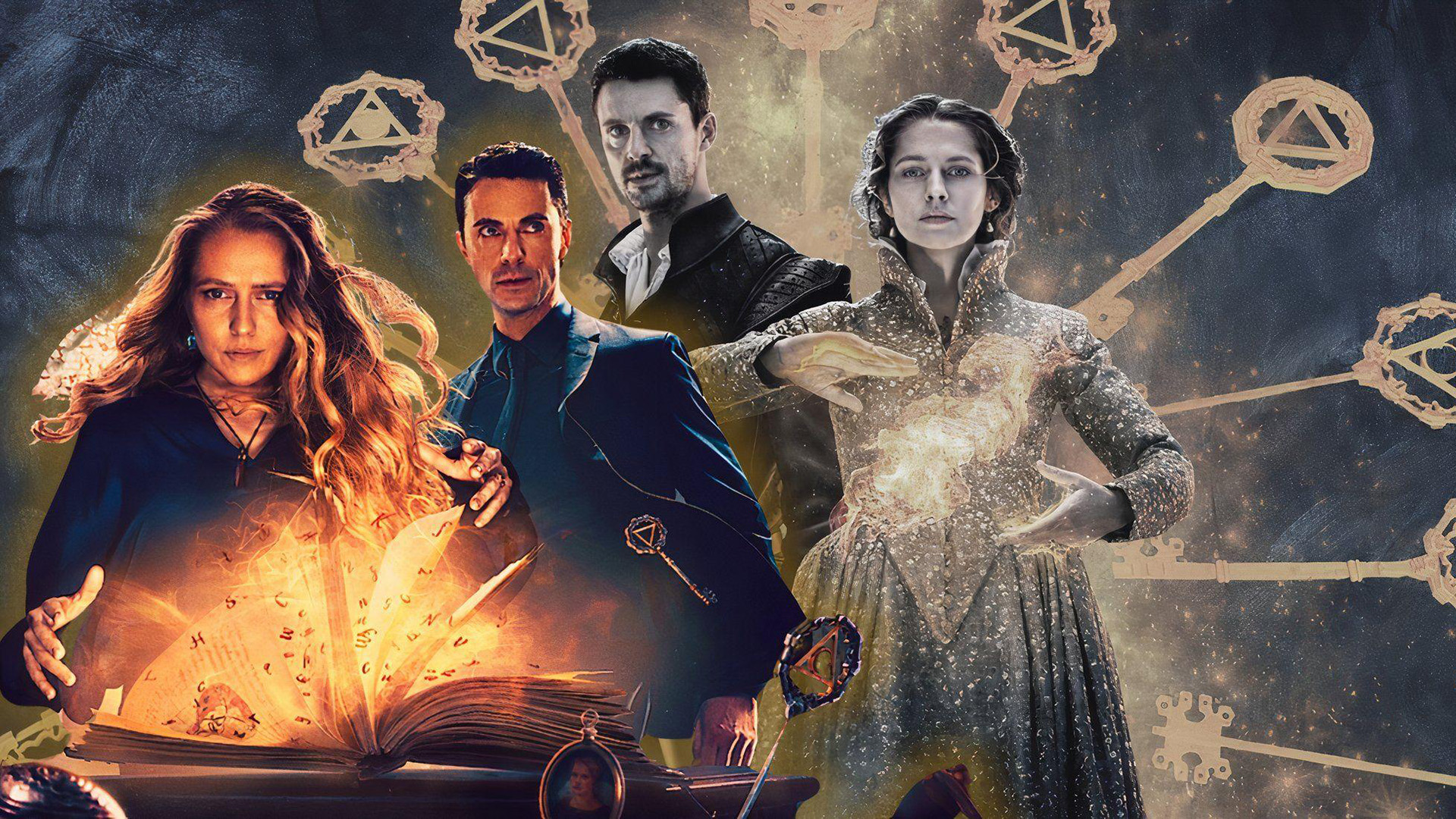
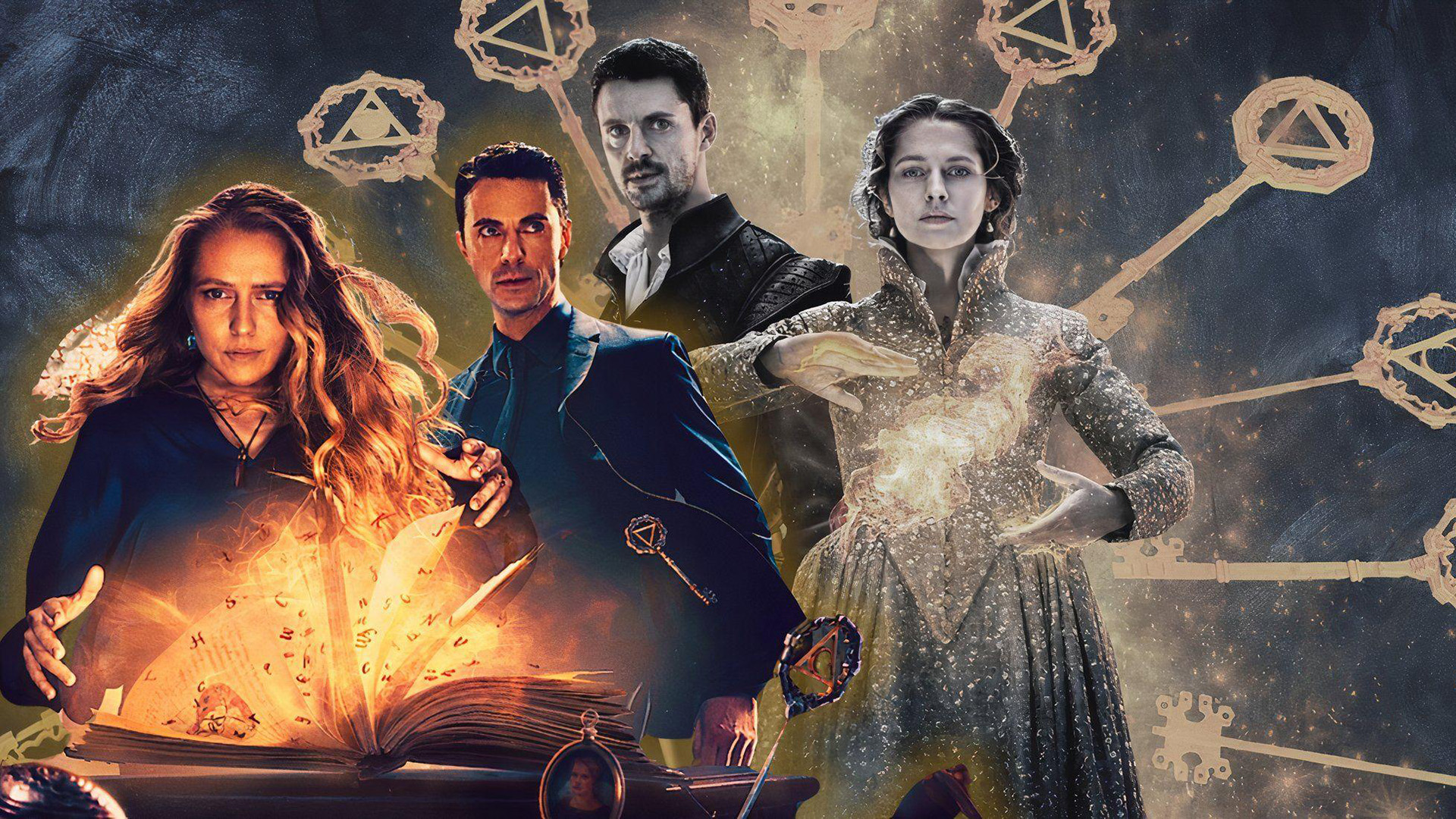
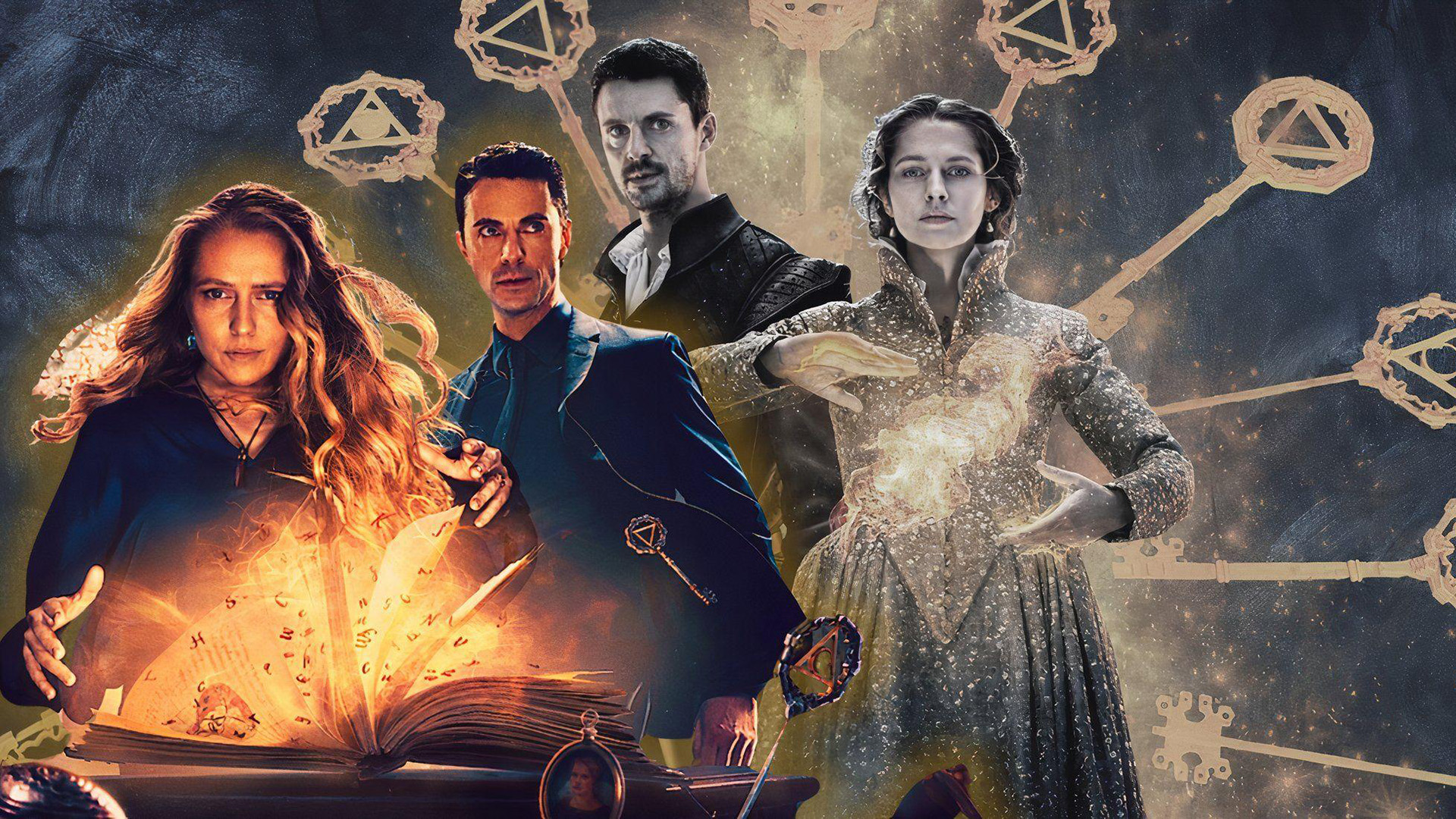


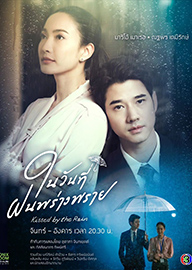

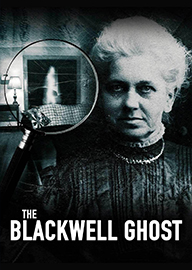
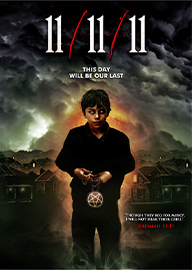




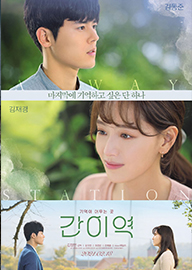
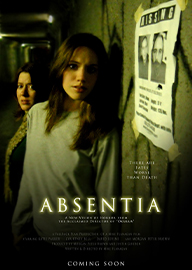
Comments
0Reviews
0Summery
1Please sign in to comment.
Please sign in to review.
In the luminous quiet of Oxford’s Bodleian Library, a scholar reaches for a manuscript that should have been lost to time, and with that gesture begins one of the most haunting supernatural stories in modern fantasy television. A Discovery of Witches (2018) unfolds like a long breath drawn between history and desire, where knowledge itself holds power, and where a single discovery can awaken centuries of hidden conflict. The series opens upon Diana Bishop, played with exquisite restraint by Teresa Palmer, an academic who has buried her ancestry under layers of logic and research. She is a witch who has spent her entire life denying her magic, choosing instead the rational world of scholarship. When she unwittingly calls up the bewitched alchemical manuscript Ashmole 782, everything she has repressed awakens — and the hidden world of creatures, witches, vampires, and daemons begins to stir. Around her the ancient architecture of Oxford becomes a labyrinth of secrets; candlelight glows against centuries-old stone, and the camera glides like memory itself through dusty archives where power lies coiled and waiting.
From the moment Diana opens the manuscript, Matthew Clairmont, a centuries-old vampire portrayed by Matthew Goode, senses the disturbance. His entrance is cinematic perfection — tall, composed, cultured, with the quiet intensity of one who has watched empires rise and fall. His fascination with Diana is immediate, not merely because she has summoned a text all creatures have hunted for generations, but because she radiates something he thought long extinguished: a belief in truth over dominance. The chemistry between Diana and Matthew ignites in silence, in glances across candlelit reading rooms, in words half-spoken under breath. The show wraps their connection in visual poetry — her warmth against his ancient coolness, her fear of power against his control of hunger. Every encounter pulses with restrained desire, the tension of two beings drawn together by destiny and divided by ancient law. For in this world, witches and vampires are forbidden to be together.
The series weaves its fantasy within the textures of the real world — cobblestones wet with rain, Oxford spires under autumn fog, the scent of old paper and electricity of hidden magic. When Diana begins to experience the full force of her abilities, the narrative deepens into a meditation on heritage and fear. She discovers that the manuscript, Ashmole 782, contains secrets of all species — the origins of witches, vampires, and daemons — and that its disappearance centuries ago fractured the balance among them. The Congregation, a council ruling all creatures, emerges as both political order and moral weight, enforcing separation between species to prevent chaos. Here the writing shines with allegory: A Discovery of Witches becomes a reflection on race, lineage, prejudice, and the fear of intermingling worlds. Diana and Matthew’s love defies not only law but ideology, echoing the classic tragedy of forbidden unions and transforming it into an exploration of identity and evolution.
Cinematically, the series unfolds with painterly grace. Director Juan Carlos Medina and the creative team craft each frame with the balance of old-world beauty and supernatural modernity. The camera lingers on candlelight dancing across manuscripts, on the sweep of coats through ancient corridors, on eyes that hide centuries of memory. The sound design merges the whisper of turning pages with the undercurrent of heartbeat and breath. The magic itself is tactile: water flowing upward in defiance of gravity, mist coiling like living thought, spellcraft appearing not as explosions but as resonant vibrations in the air. Diana’s power is primal, rooted in nature and emotion, in the binding of moonlight and blood. Her awakening is both terror and rebirth, and Teresa Palmer plays her evolution with a scholar’s precision — each discovery reshaping her into a woman who must finally confront what it means to accept herself as more than human.
Matthew Clairmont’s story mirrors hers through shadow. He is a scientist, a geneticist studying the decline of his kind, haunted by the hunger that defines him. His past stretches through wars, plagues, and the loneliness of immortality. His attraction to Diana threatens to unravel the discipline that has kept him civil for centuries. Their romance becomes the central artery of the series — forbidden, intellectual, sensuous, and fraught with mortal consequence. Every shared breath feels like the collapse of distance between predator and prey, mind and body, faith and instinct. Yet beneath that passion lies the narrative’s moral gravity: that love itself may be the force that restores balance to a decaying world.
The supporting cast enriches the tapestry. There is Ysabeau de Clermont, Matthew’s vampire mother, regal and ruthless, who guards her family legacy within a castle that breathes with history; Hamish, his daemon friend, a figure of sharp wit and moral clarity; and Satu, the powerful witch whose envy of Diana burns with the intensity of the sun. Each represents a fragment of the larger supernatural society — the witches’ covens riven by politics, the daemons struggling with creative madness, the vampires bound by ancient codes. The show’s brilliance lies in how it refuses to flatten them into archetypes; instead, it offers complexity, empathy, and the sense that centuries of secrecy have warped even the noblest intentions.
As the story progresses beyond Oxford into France and finally into the heart of Europe, the tone shifts from academic mystery to epic fantasy. The pace quickens, the danger deepens, and the mythic undertones grow louder. The series becomes an interlacing of time and lineage: the de Clermont dynasty’s medieval roots, Diana’s family’s legacy of fire and water, and the alchemical philosophy that joins science and spirit. Magic in A Discovery of Witches is not spectacle for its own sake but a metaphor for human potential — the capacity to transform, to merge opposites, to create equilibrium between intellect and instinct. The manuscript’s secrets hint at evolution itself: that the boundaries between species are artificial, that unity is the next stage of being.
By the time Diana and Matthew flee into Elizabethan England — setting the stage for the second season — the narrative closes its first movement like a symphony finding its cadence. The lovers have survived pursuit, faced their fears, and accepted that their destinies are intertwined with the fate of all creatures. The final scenes echo with quiet defiance: Diana standing against her enemies with elemental power surging through her veins, Matthew vowing to protect her not as guardian but as equal. Their union becomes a living symbol of reconciliation between worlds, the alchemy of love turning conflict into creation.
Cinematically, A Discovery of Witches captures what so many fantasy series forget — that magic is only as powerful as the emotion that drives it. The show thrives not on battle scenes or elaborate CGI but on atmosphere, tension, and intimacy. Every location — from Bodleian’s gothic shadows to Sept-Tours’ sunlit halls — feels alive, breathing history and longing. The musical score carries the same mood: orchestral swells underscored by whispers, strings vibrating like the pulse of an ancient spell. The direction invites the viewer to slow down, to inhabit the spaces between action and reflection, to feel the echo of centuries behind each moment of touch or hesitation.
Thematically, the series operates as a grand allegory for the 21st century — about knowledge suppressed by fear, love constrained by prejudice, and identity redefined by choice. Diana’s journey from denial to acceptance mirrors humanity’s struggle with its own evolution. Matthew’s conflict between nature and morality mirrors the tension between science and spirituality. Together they embody the alchemical ideal — the union of opposites into something transcendent. The script draws deeply from Deborah Harkness’s novels, infusing the dialogue with scholarship, Latin incantations, and mythic resonance. It’s a story about what it means to be human when humanity itself is fractured into factions of belief and bloodline.
As the camera fades on their departure through time, the message remains: history is not fixed, power is not pure, and love may be the only force capable of rewriting destiny. A Discovery of Witches (2018) leaves viewers suspended between centuries — part romance, part mystery, part philosophical meditation. It invites the audience to believe that the supernatural exists not as escape but as mirror: a reflection of our longing to understand the unseen forces that shape our world — intellect, desire, heritage, fear, and hope. It’s a series that doesn’t just tell a story; it whispers to the imagination, luring it into a dance of shadow and light, reason and magic, mortality and eternity.